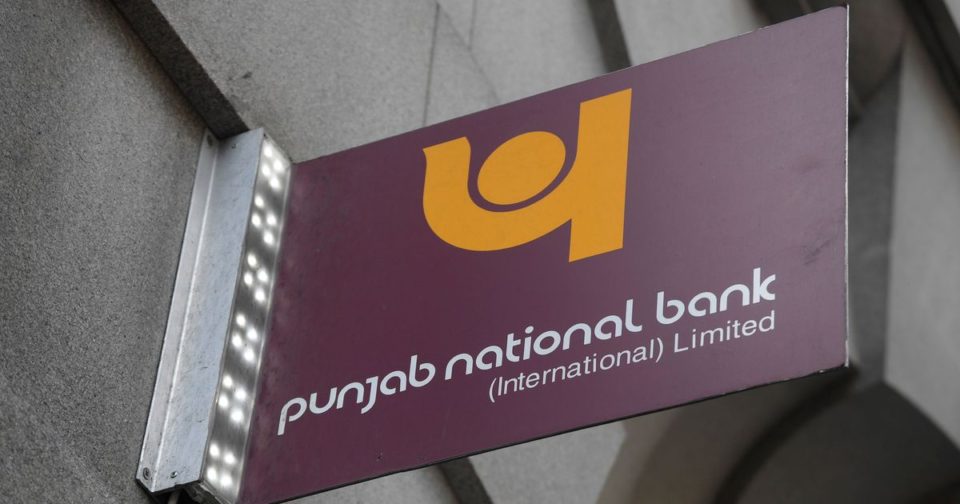Punjab National Bank pleasantly surprised investors with a net profit of Rs 300 crore against the expectation of a net loss for the June quarter. But much of this profit comes from forbearance as the bank’s bad loan pile declined and slippages were suppressed due to moratorium. Ergo, the need for provisioning reduced. The bank released metrics for the merged entity after swallowing Oriental Bank of Commerce and United Bank of India. Its outstanding provisions fell by 1.5 per cent during the June quarter. Profit before tax was down a massive 65 per cent.
There are two signs that show PNB may have a tough time hacking down its bad loans despite forbearance. One sign of trouble is the lender’s own forecast on credit costs. PNB expects credit costs to remain around 2.5 per cent for FY21, similar to the level in the June quarter. This means that recoveries and upgrades won’t be enough to offset slippages. Indeed, an economic recession would mean that opportunities for loan recoveries are thin. The only recoveries possible are from insolvency cases once they conclude. Fresh slippages would obviously be suppressed given that the bank would implement a one-time restructuring scheme once the moratorium ends this month.
That brings us to the fact that 14 per cent of the bank’s loan book is already bad and a third of the rest of the book is under moratorium. PNB has guided that 5-6 per cent of its loan book may be restructured. But this forecast is fraught with risks. To be sure, the final figure would depend on the contours of the scheme that the expert committee under K.V. Kamath prescribes, said S. S. Mallikarjuna Rao, managing director of the bank.



